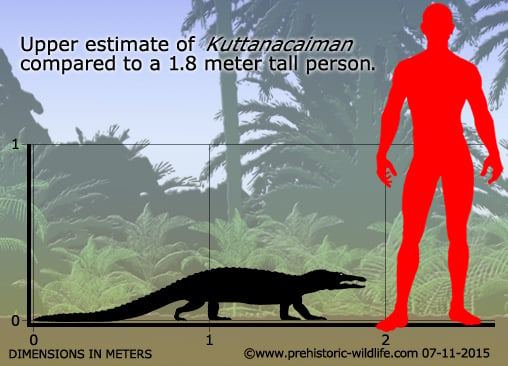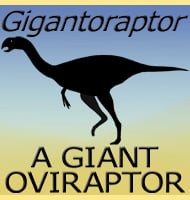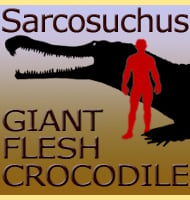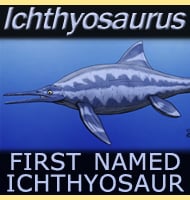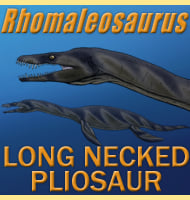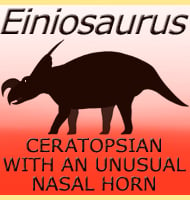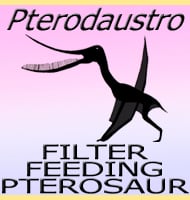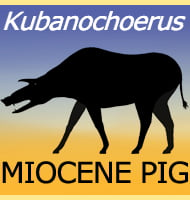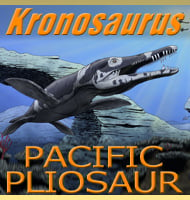In Depth
Kuttanacaiman was so named because the teeth of this crocodile seem to be best adapted for crunching through the shells of fresh water bivalve molluscs. These seem to have been a popular food source as two other caimans named Gnatusuchus and Caiman wannlangstoni are known from the exact same habitat and they also seem to have had the same dietary preference. In fact, both of them were also described in the same paper that described Kuttanacaiman. Kuttanacaiman is so far known from Peru, and the location that the type fossils were found in would have been swamps that would have been full of bivalves for Kuttanacaiman to eat.
Further Reading
- A Miocene hyperdiverse crocodylian community reveals peculiar trophic dynamics in proto-Amazonian mega-wetlands. Proceedings of the Royal Society of London, Series B 282:20142490. - R. Salas-Gismondi, J. J. Flynn, P. Baby, J. V. Tejada-Lara, F. P. Wesselingh & P.-O. Antoine - 2015.
